The history of Apple Silicons

Before A series chip, there were...
The original iPhone was announced in 2007 when the chip it uses was not developed by Apple. 4 chips were used in a variety of products before the introduction of the A4 chip in 2010.
APL0098
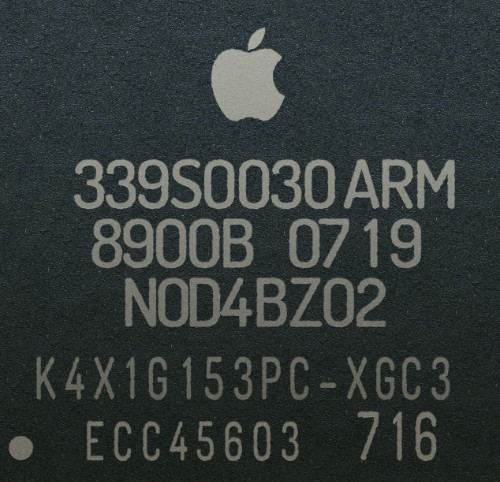
90mm chip, single-core, 412MHz frequency make this chip outdated but this is where the original iPhone started with. This chip was used on the original iPhone and iPhone 3G as well as the original iPod Touch. It’s worth mentioning that this is the only 16-bit chip in this post.
APL0278
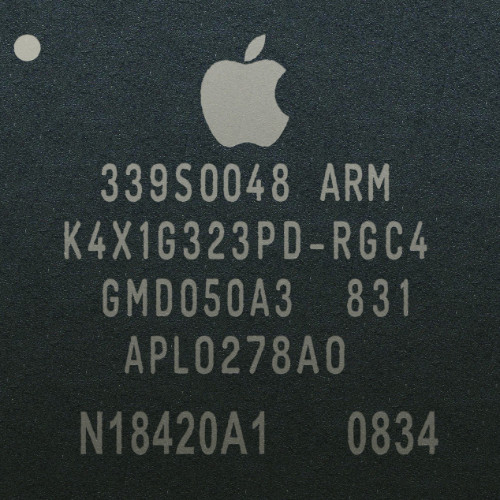
This was announced several mouthes after iPhone 3G and was used on the 2nd generation of iPod Touch. It’s basically an APL0098 with an updated process to 65 nm which reduces its die size to half and brings an even higher clock speed. The most important update is 32-bit memory addressing.
APL0298

Compared with the original chip, its clock speed is 50% higher, which proves the “S” in iPhone 3GS is “Speed”.
APL2298

The last chip not designed by Apple, 45 nm process. Higher frequency brings the 3rd gen iPod Touch more performance.
This changes everything. Again.
2010 comes the iPhone 4. Just like the ad says, iPhone 4 changes what a phone can do. Why? The Apple-designed chip definitely plays a big part in it. Moreover, no one knows what such a money-costing development can bring to Apple in the future.
A4
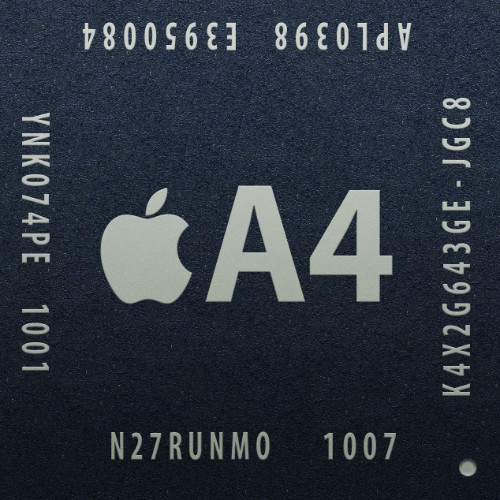
It’s a lackluster chip if you look at its spec, same 45 nm process, slightly higher frequency, the biggest update is probably dual-channel memory. But don’t forget, iPhone 4 is the first product that utilizes Retina Display which has 4 times more pixels than the predecessor. This is a satisfying result.
A5 & A5X
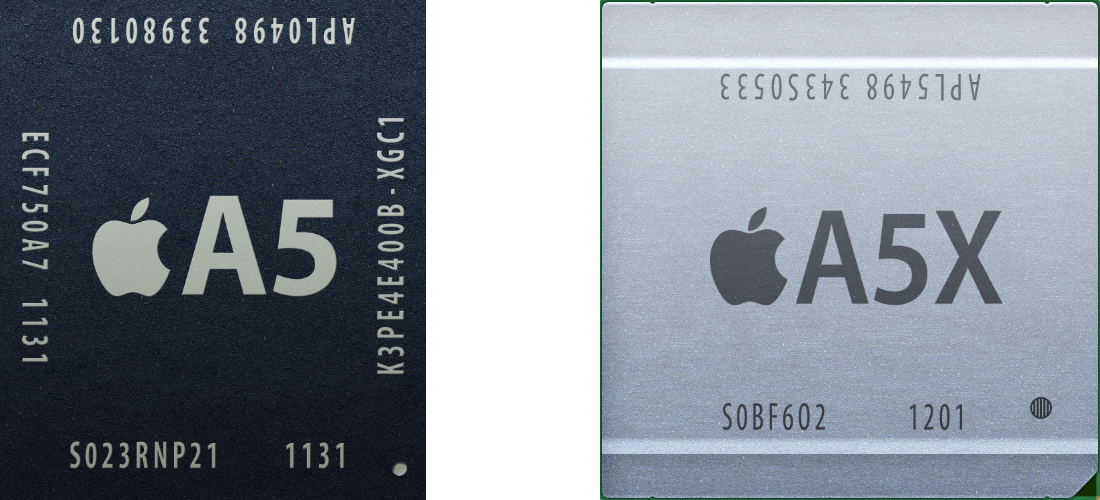
A5 focuses on one thing: performance. More than twice the die size brings the first dual-core chip designed by Apple. At the same time, GPU was upgraded to PowerVR SGX543MP2 which brings 7 times more performance, it’s unprecedented. If you remembered the keynote of the iPhone 4S, after the introduction of the A5 chip was the live demo of Infinity Blade II by Epic Games. Many desktop-level effects like particle effects, dynamic lighting were brought to mobile devices for the first time. This gives hope for future Apple chips. A5 also integrated an image signal processing unit for the first time which enhances the camera on iPhone 4S.
But the story of A5 does not stop here.
Since the Retina Display on iPhone was so popular, Apple wanted to bring this to the iPad. However, iPad has 5 times more pixels than iPhone which was not possible with the A5 chip.
Considering iPad has more physical room and a bigger battery, Apple decided to upgrade the GPU on A5. And here came the A5X which has double the GPU performance of that on A5. Ever since then, chips ended with X are made specifically for iPad with better GPU performance.
A6 & A6X
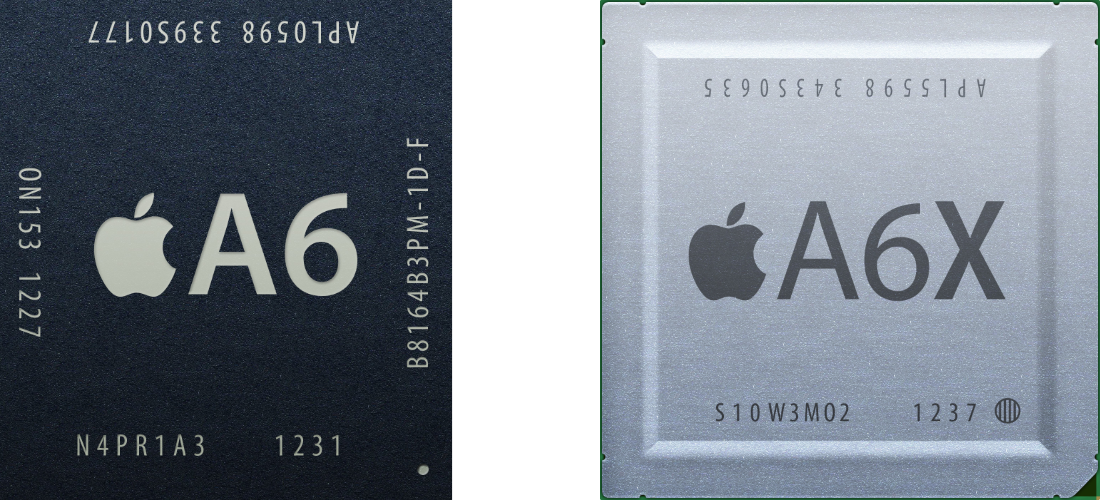
It’s a scheduled upgrade so not too many highlights except the 32 nm process. Due to the large time gap in production, newer A5 chips also had a 32 nm process.
World's first and only smartphone
PC industrial spent many years to complete the transition from 32-bit to 64-bit, Apple took one generation of CPU.
A7

iPhone 5S had special meaning as it’s the world’s first smartphone with a 64-bit CPU. This proves Apple’s leadership in chip design, but also proves that Apple wanted to make its chips more professional.
Besides that, A7 also comes with M7, a co-op processor that can record sensor data without waking up A7. This allows recording health data without impact too much battery life. Since iPhone 5S is equipped with Touch ID, A7 also includes a secure enclave to protect fingerprint data.
A7 may be too strong that Apple didn’t even release an A7X, but increased the frequency a bit and put it in the iPad Air.
A8 & A8X
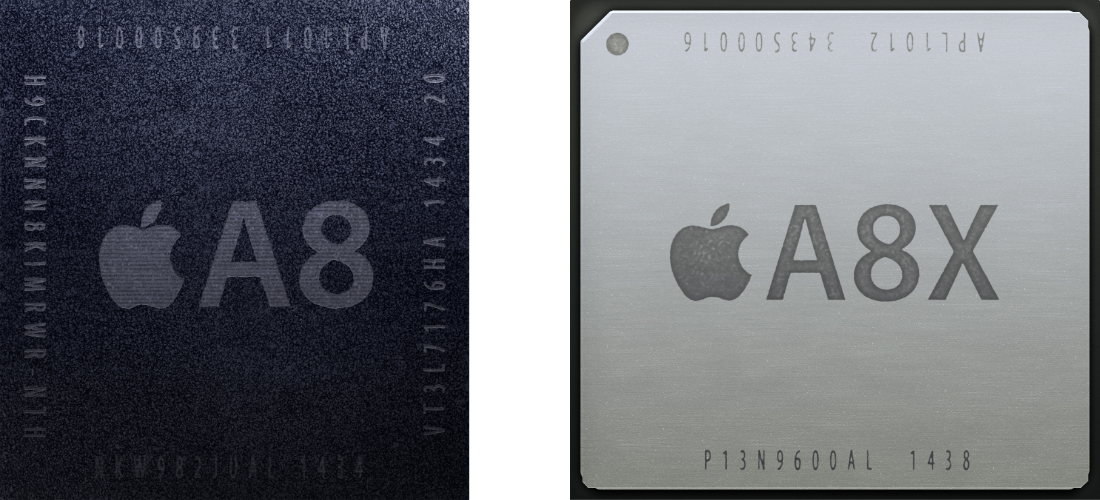
Normal update. Perhaps considered that iPhone 6’s large screen impacts battery life too much, A8 focused on energy-saving which only uses half power as A7.
A9 & A9X
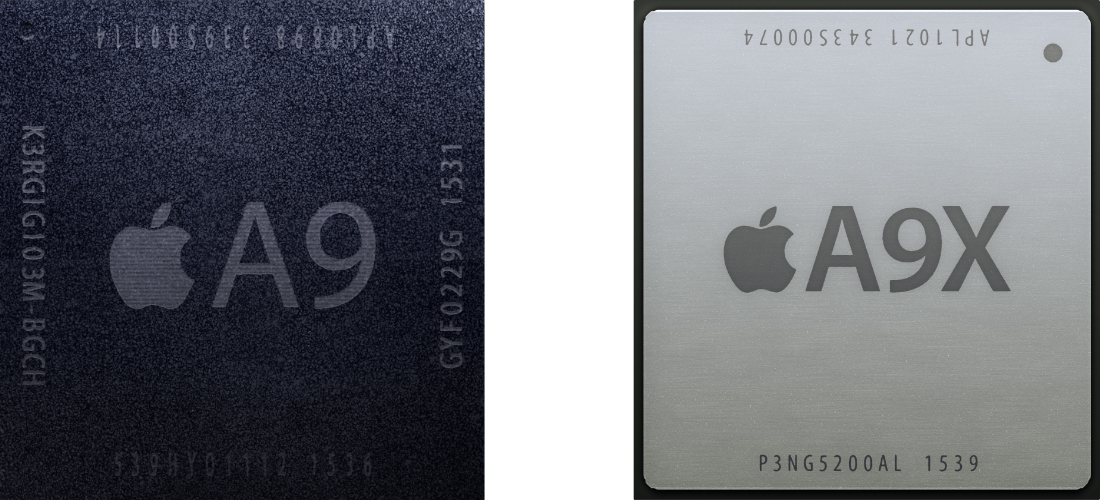
The last generation of dual-core chips which means single-core performance was reaching its limit, so we need to use more cores in the future.
A9 has two versions, 14 nm from Samsung and 16 nm from TSMC that were both used in iPhone. In Oct. 2015, a report said that the Samsung version has worse battery life.
A10 Fusion & A10X Fusion

To preserve even more battery life, Apple for the first time used a big-small core architecture. 2 + 2 core configuration makes A10 have better battery life under light tasks. However, big and small cores cannot be used at the same time.
Take it to the next level.
2017 marks the 10th anniversary of the iPhone, Apple announced iPhone X. The headline feature was of course Face ID. To achieve high security, Apple had to change its chip design again.
A11 Bionic
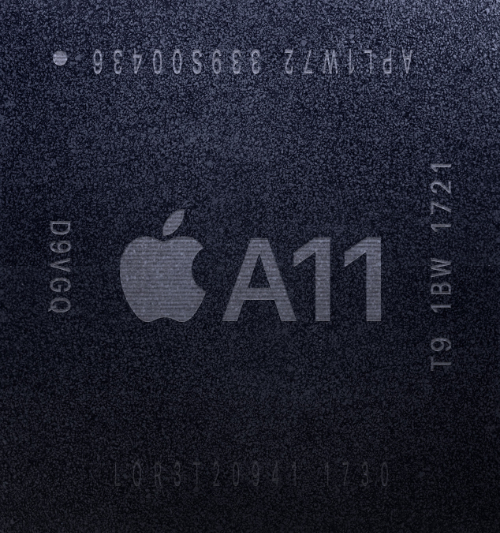
Before A11, Apple only designs the CPU part, GPU still uses chips by PowerVR. This time, Apple makes both. Besides that, Apple added a neural engine in A11 which enabled hardware acceleration for deep learning. A new controller allows big and small cores to work at the same time which improves performance.
A12 Bionic & A12X Bionic
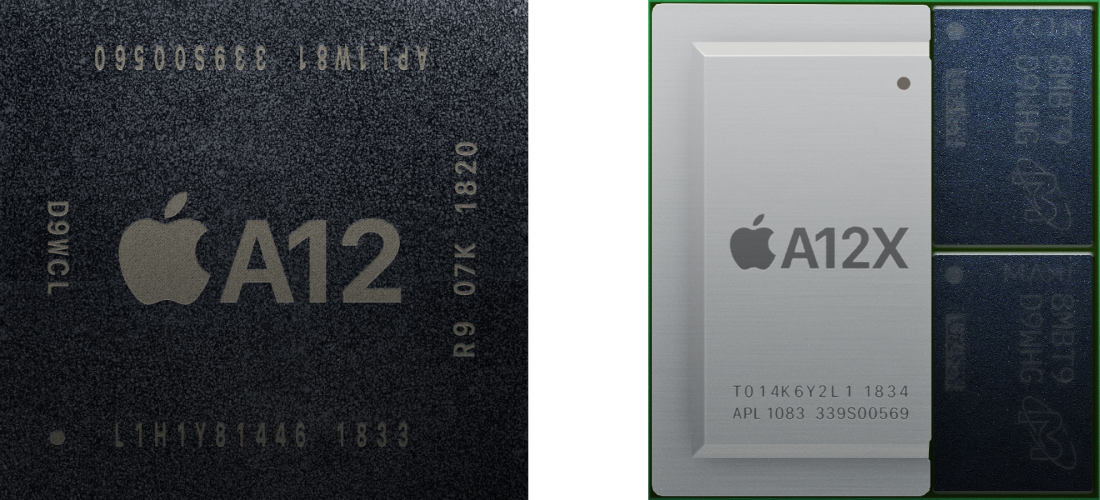
The neural engine made many new features possible and that’s why Apple updated it to enable 5000 billion calculations per second. A12 is also the first 7 nm chip used on the smartphone.
A13 Bionic

Today, iPhone has a one-year advantage over Android phones in terms of performance. Sometimes it’s even closer to the desktop performance. Since Apple can integrate more functions into a chip, a dream 10 years ago is slowly becoming the reality.
Those long divided shall be united.
The world is unpredictable, Apple could have not imagined this 10 years ago.
A12Z Bionic
June 24, 2010, iPhone 4 went on sale, marks the release of the first Apple-designed chip. 10 years later, on June 22, 2020, on WWDC 2020, Apple announced that future Macs will also use Apple-designed chips. The A12Z inside DTK is only one more GPU core than the A12X.

Demo on WWDC is fairly promising as tasks like video editing, 3D rendering, and games are all working fluidly. Future chips will for sure be better than A12Z, so it’s very exciting.
Looking back this 10 years, Apple made some exciting products with these chips. Apple probably only wants to apply their chips on iPhone in the very beginning, but as time goes by, Apple found that their chips were capable of doing many things, which led Apple to control all their production with Apple-designed chips.
– Update on Sept. 6, 2021 –
M1 chip used on the MacBook Air and MacBook Pro seems like a success as people found its performance amazing. The problem with M1 is mainly the lack of I/O and memory which shows this is an entry-level chip. I’m looking forward to the M2 chip that may come later this year.

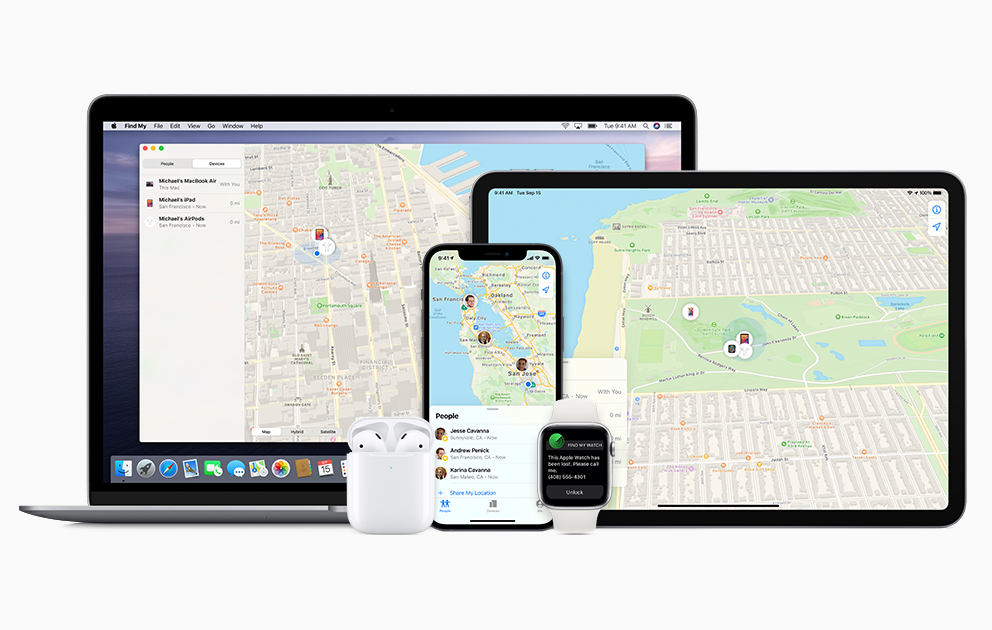

Comments